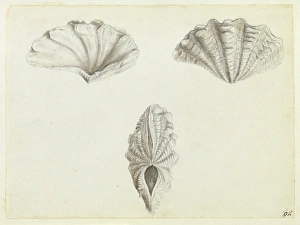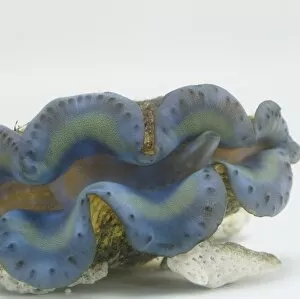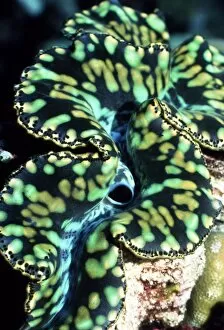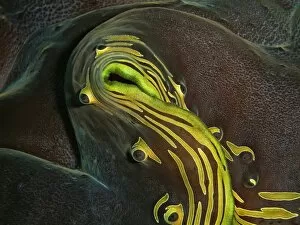Tridacna Maxima Collection
Tridacna maxima, also known as the Giant Blue Clam, is a fascinating species of anthozoa found in the Australian coral reefs
All Professionally Made to Order for Quick Shipping
Tridacna maxima, also known as the Giant Blue Clam, is a fascinating species of anthozoa found in the Australian coral reefs. This magnificent creature, scientifically named Tridacna maxima Röding in 1798, belongs to the family of giant clams and is renowned for its impressive size. In its natural environment, Tridacna maxima thrives within the vibrant coral reef ecosystems. With its soft-bodied mollusc structure and simple shell that opens for feeding purposes, this clam has adapted perfectly to its surroundings. It even hosts algae growth in its fleshy mantle, creating a symbiotic relationship between them. One remarkable feature of the presence of rows of eyes along its mantle. These eyes enable it to detect changes in light intensity and movement around it, ensuring survival and protection from potential threats. Although commonly found across sunlit coral reefs stretching from East Africa through the Indian Ocean into the Western Pacific region they can also be spotted off the coast of Egypt in Africa. Its wide distribution makes it one of the most prevalent species among giant clams. The significance of these majestic creatures extends beyond their beauty; they play a crucial role in maintaining marine biodiversity by filtering water and providing habitats for other organisms within their shells. Interestingly, there are efforts made towards conservation and sustainable farming practices for Tridacna maxima. In places like West Island Cocos (Keeling) Islands located in the Indian Ocean, clam farms have been established where trays filled with these incredible clams can be seen up close. Tridacna maxima truly captivates us with both its physical attributes and ecological importance. As we continue to explore our oceans' wonders, let's appreciate these small giants that contribute immensely to our planet's delicate balance.











